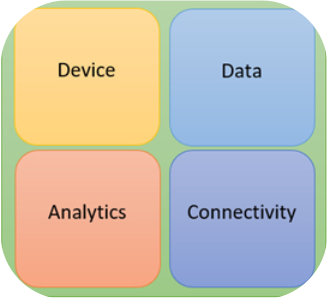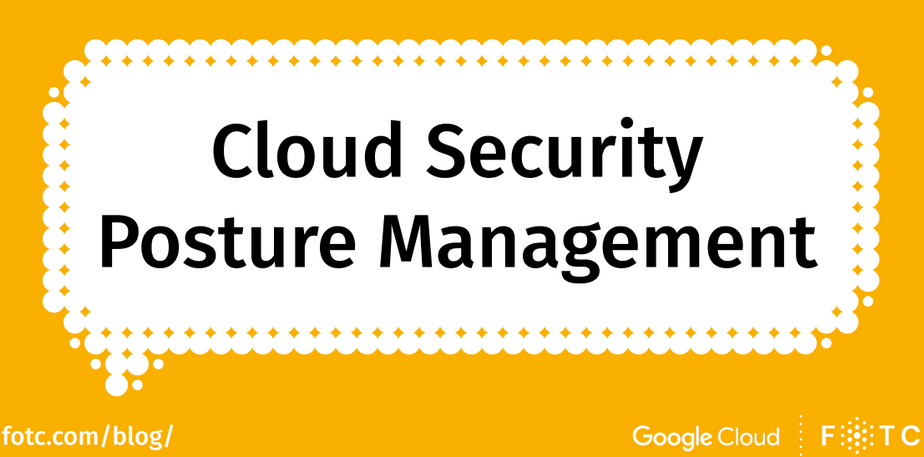Machine-to-machine (M2M) is based on the communication between two machines without the need for human intervention, which can be achieved through several technologies such as RFID or Bluetooth. IoT has a much wider range of applications compared to M2M, given that it is about the connection of an ecosystem of devices and systems, compared to the communication method of M2M, which is based on a closed system.
IoT versus cyber–physical systems
Cyber-physical systems (CPSs) are based on systems that integrate computational elements with physical components to allow for the capability of sensing, analyzing, and controlling physical processes. Such systems are intended to work in real time and are used in critical infrastructure such as emergency services, power grids, and transportation systems. Although they share common elements in the sense that they both use sensors and integrate computational and physical elements in powering actions to be taken, CPSs are usually more complex and pose more requirements based on the need for real-time performance and reliability.
The four pillars of IoT
There are four pillars of IoT that together form the IoT ecosystem, which ensures that devices can communicate with each other and other systems, enabling the generation of valuable data and insights.

Figure 1.3 – Four pillars of IoT
Let’s understand these pillars.
Device
The first pillar of IoT is device, which refers to anything around you, including phones, cars, and other electronic appliances, that can connect to the internet. With its dependence on the internet, it requires a wireless network or other connectivity solutions to allow it to continually transmit data to the internet and support the other pillars of IoT. Because of this, the question of where the data is to be stored temporarily if the device cannot connect to the internet should be considered when picking the appropriate devices.
Data
The second pillar of IoT is data, which is all about the information that is obtained by the connected devices as part of the IoT network. This data is then further analyzed and used for various purposes, including improving the deployed network, making decisions, and more. This is a pillar we will be seeing clearly throughout the exercises that we do in this book, as we will be referring to it to improve our data-gathering systems and make better decisions based on them.
